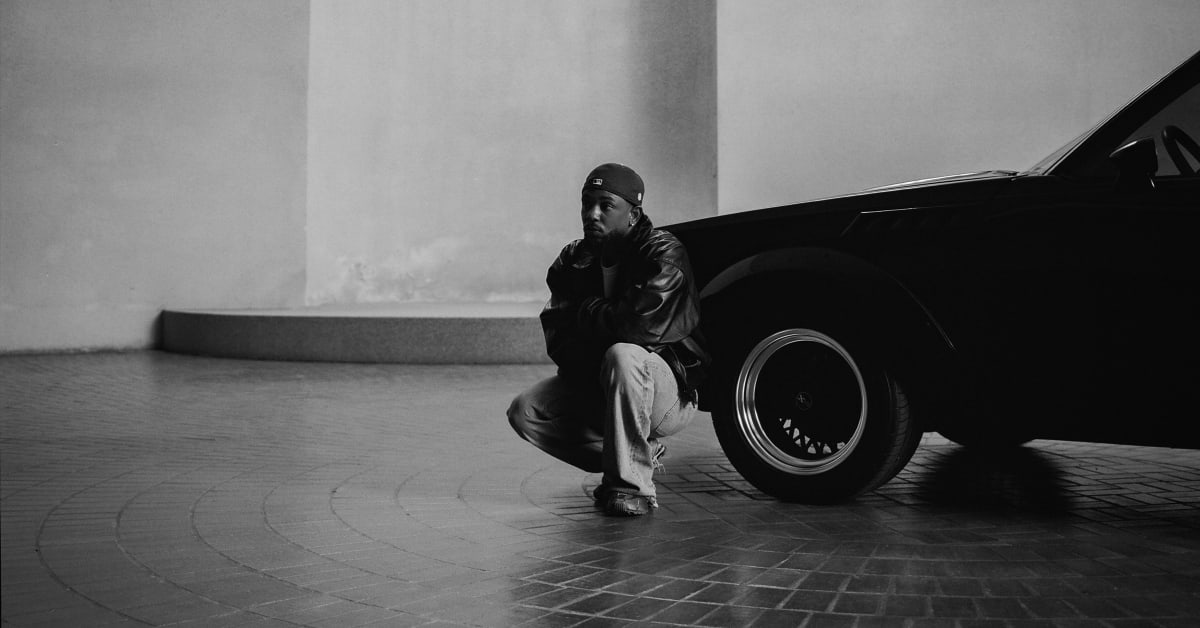Director Elia Kazan‘s “The Visitors” was barely noticed when it was released in 1972, and it hasn’t had many opportunities for reappraisal since. While several of Kazan’s other movies that were commercial failures during their initial runs — most notably “Baby Doll,” “A Face in the Crowd” and “Wild River” — have since been canonized as classics, “The Visitors” remains obscure. That’s a shame, because it’s a fascinating case of Kazan applying his talents to film that initially seems like a major departure, but on deeper examination reveals itself to be a personal and profound work.
A new Blu-ray from Kino Lorber provides the perfect opportunity to take a closer look after decades in which “The Visitors” was almost impossible to find (and almost never in watchable transfers — the long out-of-print MGM DVD reduces the entire movie to a murky blob). The story is stark and simple: Years after he testified against his platoon-mates, who raped and murdered a Vietnamese civilian during the war, Bill Schmidt (James Woods in his feature debut) receives a visit from them at his rural home.


The motives of the visitors (Steve Railsback and Chico Martinez) are initially unclear to Bill’s wife Patricia Joyce) and father-in-law (Patrick McVey), but it doesn’t take long for their calm politeness to turn to menace and intimidation — or for them to form a disturbing alliance with the macho father-in-law, who clearly despises his daughter’s pacifist son. The movie is essentially a slow tightening of the screws as Kazan — working from a screenplay by his son Chris — creates a steady sense of unease that never quite gives the audience the release one might expect.
The stripped-down nature of “The Visitors,” which only has five characters and takes place entirely on the piece of property where Bill lives, returns Kazan to his theatrical roots, though the film is highly cinematic in its rhythms. Kazan and editor Nicholas T. Proferes — doing double duty here as cinematographer too, just as he did on Kazan’s wife Barbara Loden’s film “Wanda” — eschew conventional coverage for long takes that exacerbate the tensions inherent in the premise, and they choose shots that often keep us from seeing what we really want to see. Characters are shot from the back, or in oblique angles that obscure their faces, and typical reaction shots are few and far between.
The result is a truly unsettling — and, for the few people who saw “The Visitors” when it came out, evidently unpleasant — experience made all the more troubling by its moral ambiguity. “The Visitors” was the first American film to seriously address the Vietnam War and its repercussions, and it’s extremely provocative in the questions it raises about where to draw the line when it comes to brutality in wartime and the necessity of turning young men into monsters to fight our wars. Stanley Kubrick would take these ideas and run with them to greater effect in “Full Metal Jacket,” but Kazan was there first.
Aside from the content, one of the most shocking things about “The Visitors” is how grimy it is; Kazan, even when he was shooting allegedly vérité movies like “Pinky,” was always a major studio filmmaker with a certain degree of polish, but that polish is completely absent here. That’s because “The Visitors” was shot on 16mm for less than $200,000, money Kazan raised independently in an effort to assist his son Chris.
Kazan, in fact, always claimed “The Visitors” was more Chris’ film than his; he wanted to help his son realize his screenwriting ambitions, so he encouraged him to write something they could shoot at Kazan’s own country home in Connecticut with minimal resources. Chris took a real-life incident as his starting point — the same one Brian De Palma would use as the basis for “Casualties of War” 16 years later — and added what he knew about the My Lai massacre into the mix to hypothesize about what the perpetrators of that atrocity might have been like when they got home.
Kazan got the idea to collaborate with his son Chris from his wife Barbara; after he saw what she and Proferes did on “Wanda,” he decided to try their guerrilla approach out for himself. He couldn’t have picked a better subject, because instead of straining against its limited resources “The Visitors” is defined by them in artistically productive ways. It’s claustrophobic, grainy, ugly, and sparse — the perfect visual language for the cruelty at its core. Proferes’ camera adeptly alternates between cramped, off-kilter compositions and snowy landscapes in which we see lonely figures in long shot barely able to move. In both cases, the characters are dehumanized in the same way the war has dehumanized them.
Kazan may have claimed the movie belonged to his son, but there’s no question that the themes resonated with him. He had, at least as far back as “A Face in the Crowd,” been interested in the evils that could be justified in the name of American values, and it’s impossible not to recall Kazan’s HUAC testimony in the scenes depicting Bill’s guilt over informing on his peers. The film’s connection between class resentment and sexual violence, which emerges when the Railsback character sets his sights on Bill’s wife, is another Kazan trademark, dealt with most effectively and most famously in “A Streetcar Named Desire.”
 Elia Kazan on the set of ‘The Visitors’Everett Collection / Everett Collection
Elia Kazan on the set of ‘The Visitors’Everett Collection / Everett CollectionIn spite of Kazan’s categorization of “The Visitors” as an impersonal project, he acknowledged that shooting under its tight restrictions — the whole thing was shot at his own country home with a crew of just four people — reinvigorated him to some degree. He said “The Visitors” returned him to “the purity of poverty,” and excitedly talked about making more films using its methodology. Sadly, as film scholars Kat Ellinger and Martyn Conterio note in their superb audio commentary on the Kino disc, this plan never came to pass.
Kazan made only one more film, “The Last Tycoon,” and its auspices as a studio project with big movie stars and glossy production values made it the antithesis of “The Visitors.” Not that the money helped — “Tycoon” was a miserable experience for Kazan and he never made another movie, spending the rest of his life writing novels and a memoir.
Perhaps if “The Visitors” had met with any kind of critical or commercial approval, Kazan would have made good on his promise to make more films of its ilk, but in terms of reception, it was an unmitigated disaster. (At least in America — it did find some critical respect in France.) What should have been a new beginning was the beginning of the end for Kazan, but 52 years after the power of “The Visitors” is tough to ignore.




















 English (US) ·
English (US) ·